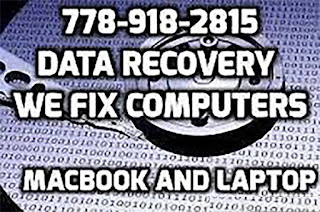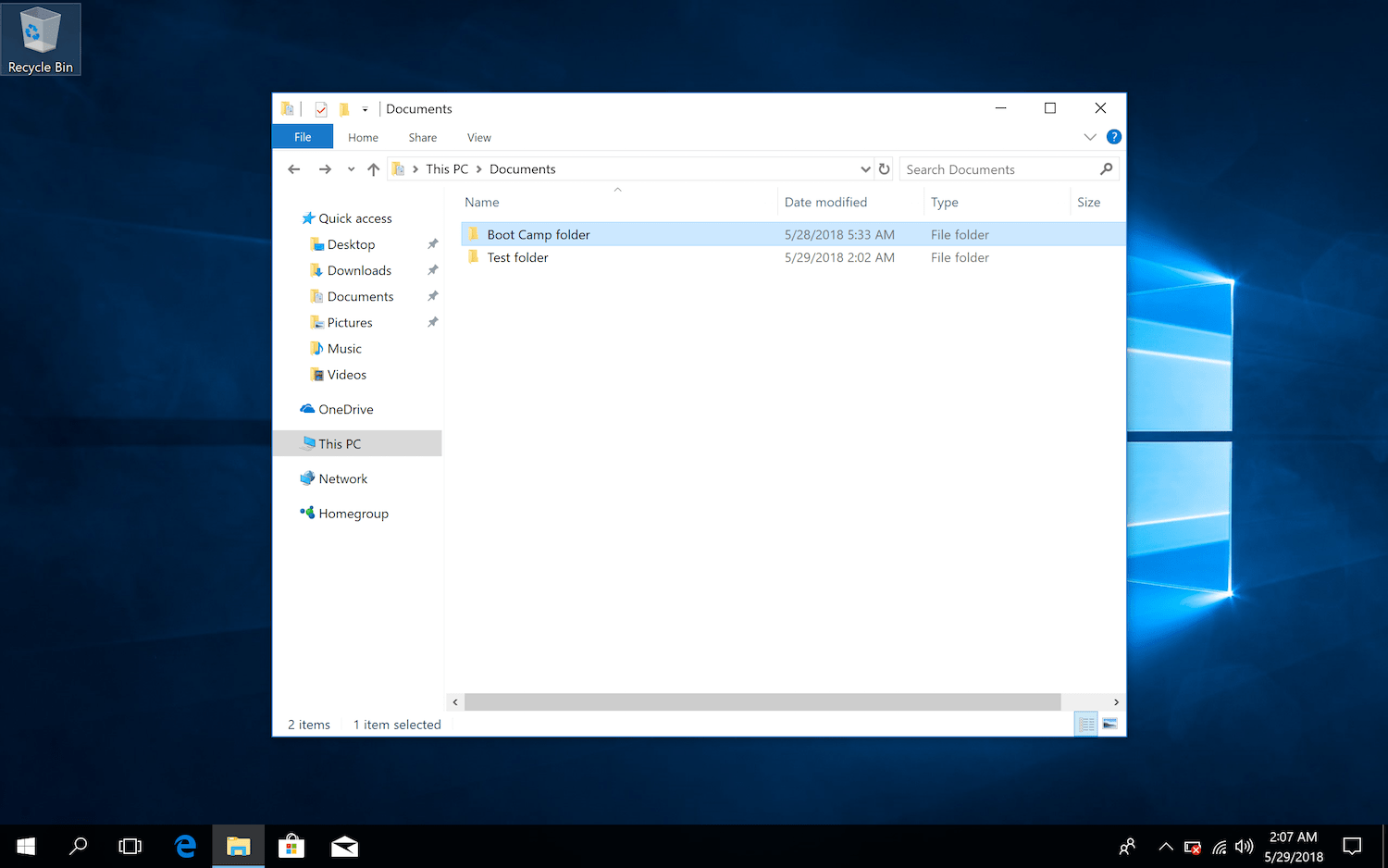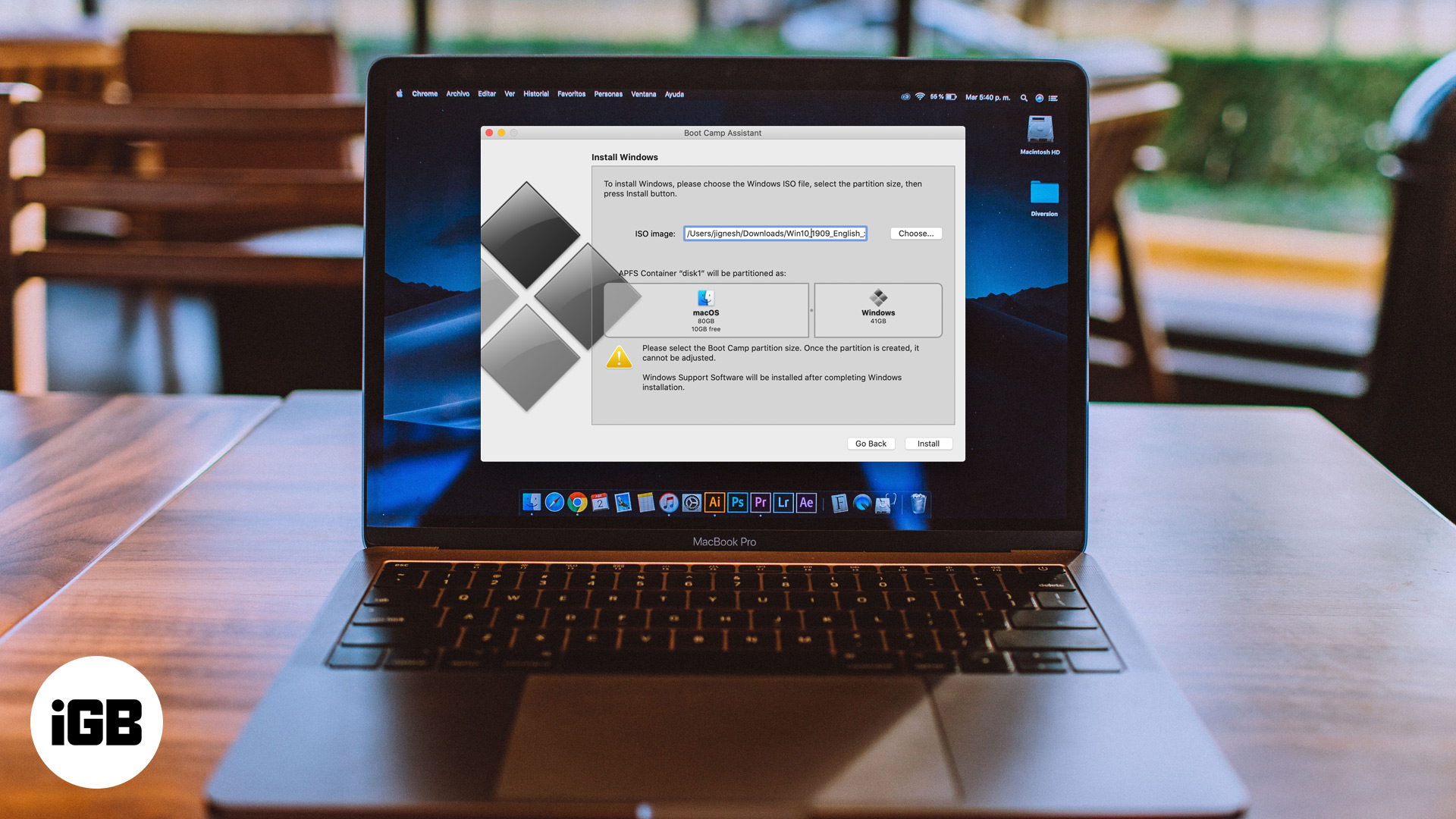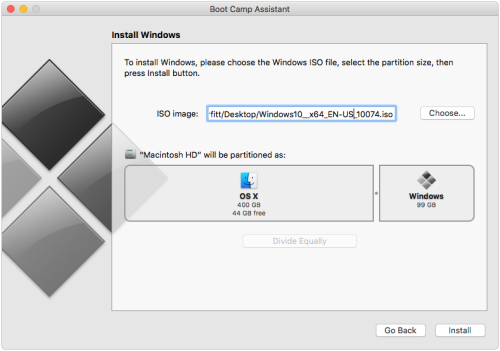
If all you need to do is run a few Windows applications on your Mac, and those applications aren’t games or something that requires a lot of resources, you might consider using a virtual machine like Parallels (there’s a free trial), VMware Fusion, or VirtualBox to run that software instead. In addition, to actually use Windows, you’ll need to reboot, and if you want to use OS X again, you’ll need to reboot yet again. The benefit of Boot Camp, of course, is that you’re running Windows directly on the hardware, so it’ll be a lot faster than a virtual machine. Since storage on a Mac is fairly expensive, it’s something you should really think about. When you use Boot Camp to install Windows on your Mac, you’ll need to re-partition your drive, which is going to take up quite a bit of your available drive space. Select it, and the disk details should pop up.Before we proceed with the details on how to install Windows in Boot Camp, you should first stop and think about whether or not that is the best choice for your needs, because there are also a couple of drawbacks to consider.

Using either of these methods will permanently delete all data on your external disk, which is why it's vital you back up any data you would like to keep.

There are two primary ways to format an external drive in macOS: Disk Utility or Terminal.

The most direct solution is usually to format the drive and change it to a format that suits you. Similarly, in some cases, the external disk may be locked in a read-only format, which means you may be unable to write files to it.

When you get a new external drive, it may already be formatted specifically for Windows or Mac, meaning it may not work on the other platform.


 0 kommentar(er)
0 kommentar(er)
